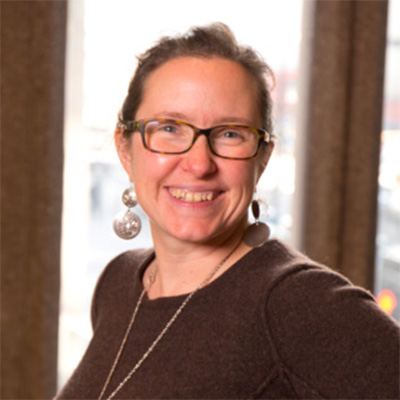
Worth Protecting: Grand Staircase-Escalante National Monument
Grand Staircase-Escalante National Monument has been protected for 21 of the last 25 years, it’s time to restore full protection.

On Sept. 18, 1996, President Bill Clinton used the Antiquities Act to create the Grand Staircase-Escalante National Monument. The protected area covers 1.7 million acres of southern Utah. It contains rock formations, canyons, natural arches, prehistoric artifacts, fossils and hundreds of species. The Grand Staircase part of the name comes from the terrain. The stunning landscape features five “stairsteps,” which is a geological term for the multi-colored cliffs and plateaus that look like stairs. Escalante is the river that flows through the area.
To understand how this area came to be protected, we have to go back more than a century, when Congress first passed the Antiquities Act. At the time, Congress authorized the president to set aside by proclamation “historic landmarks, historic and prehistoric structures, and other objects of historic or scientific interest.” The urgency then was primarily about protecting such places as the Grand Canyon and Chaco Canyon, two of the earliest monuments, in order to stop looters from making off with priceless artifacts and fossils. Like most major legislation today, supporters pushed for several years before they won. The American Association for the Advancement of Science started their lobbying efforts in 1899 and the Antiquities Act was passed in 1906. The Antiquities Act certainly spurred conservation. By 1909, President Teddy Roosevelt had established 18 national monuments. And by the end of 2017, Presidents had established 157 total.
Fast forward to 1996. By then, Americans were also worried about safeguarding vital habitat, which is “of scientific interest,” from drilling and mining as well as a continued interest in exploring the past. Nevertheless, there were opponents to giving Grand Staircase-Escalante monument designation. In particular, the fossil fuel industry pushed back because of a planned coal mine in the area. The fact the coal mine never opened is a good example of the multi-faceted value of national monument designation. Given the continued degradation of our air quality and the progress that renewable energy has made in the last 25 years, digging that coal and burning it would have done far more damage than good.
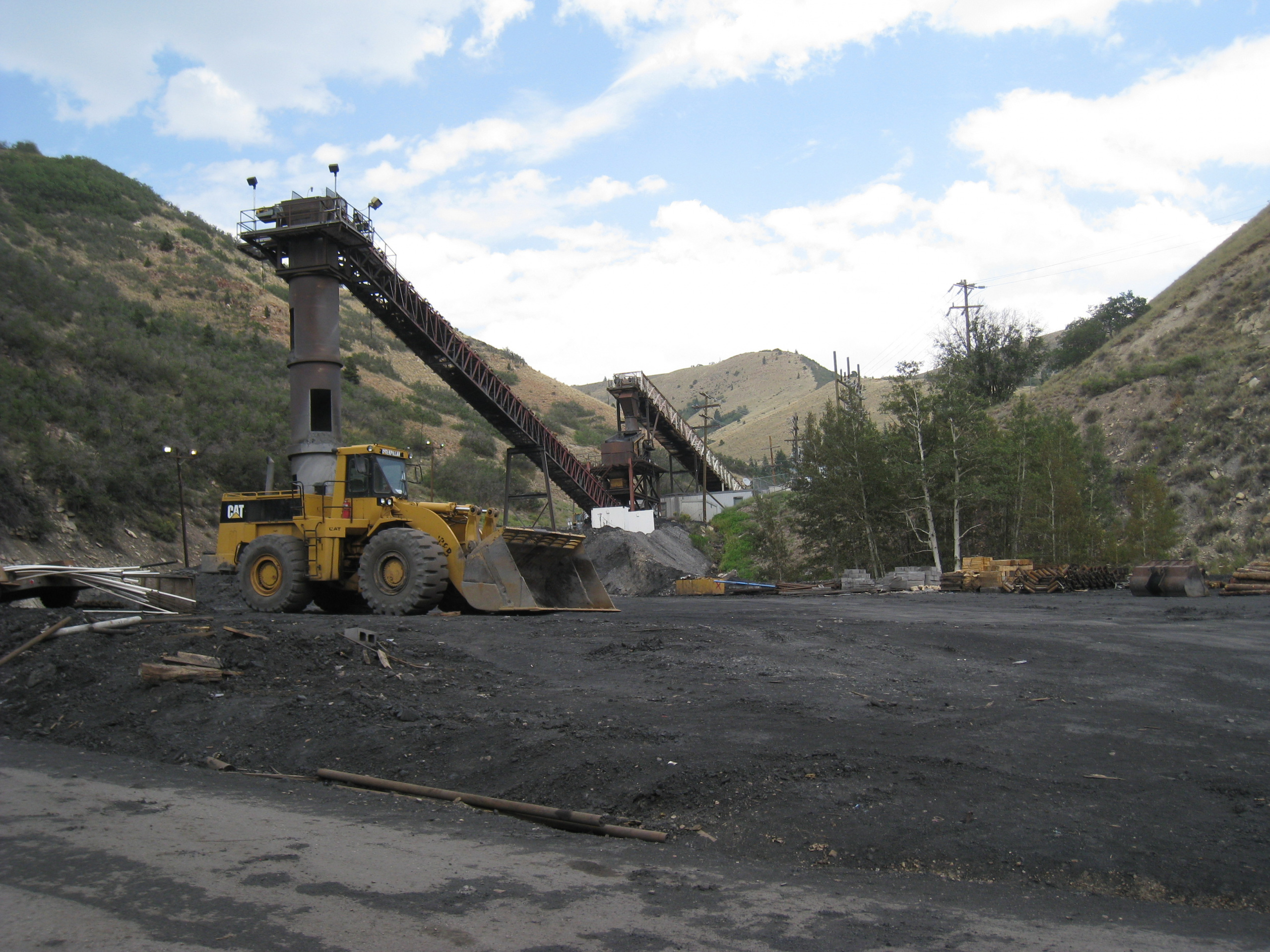
Photo: GSEC via Flickr CC BY 2.0
Instead of degraded coal pits and miles of paved roads, Grand Staircase-Escalante remains rugged terrain that is hard to traverse. (Fun fact: It is so rugged that it was the last part of the U.S. to be mapped.) Despite this challenging landscape, the monument attracts hikers, wildlife photographers, archaeologists, paleontologists and biologists. And it’s larger enough that each of those visitors can experience the solitude and quiet that comes from being far from human activity. That’s pretty impressive when you consider that more than 900,000 people visited in 2016.
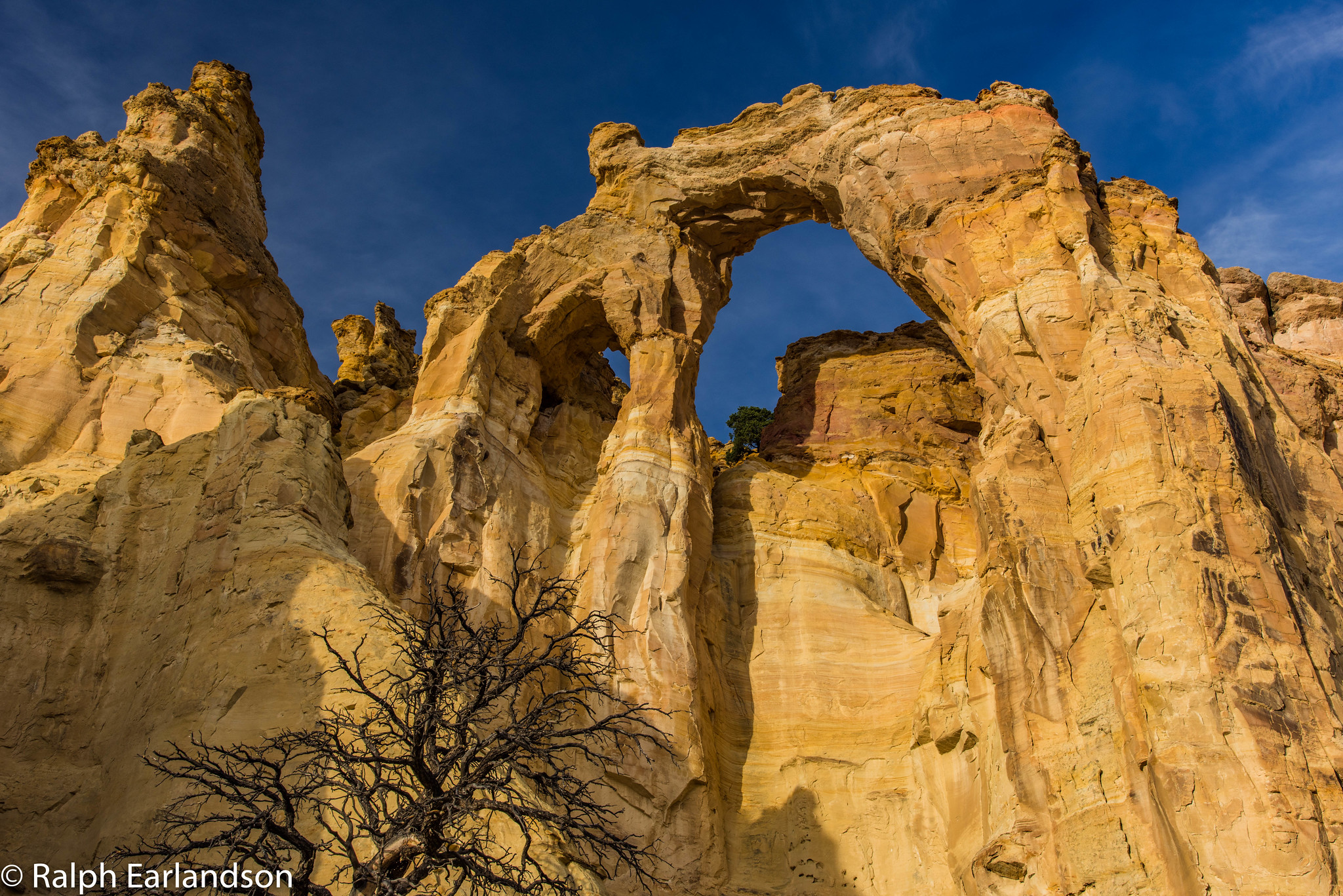
Ralph Earlandson via Flickr CC BY-NC 2.0
But one year after hitting that record-breaking number of visitors, President Donald Trump used the power of the Antiquities Act in 2017 to shrink the monument by 50 percent in order to extract oil and coal deposits in the boundaries, according to a memo from then-Department of Interior Secretary Ryan Zinke. His proclamation also included shrinking neighboring Bears Ears by 85 percent.
It was a dark day for those who love our open spaces because it marked the first time a president has used the Antiquities Act to significantly shrink the size of a national monument. Local tribes and environmentalists immediately sued and companies have mostly stayed away thanks to a combination of the unsettled lawsuit and the cost of mining.
With the dawn of a new administration, there is new hope that this majestic monument will be restored. On Jan. 20, President Biden signed a sweeping executive order that included directing the Department of the Interior to review the boundaries of both Grand Staircase-Escalante and Bears Ears. The agency will make a recommendation for action within 60 days. This is good news as it offers a clear path toward restoring both monuments to their pre-2017 boundaries Such a move would embody the original spirit of the Antiquities Act — protecting our historic and scientifically significant spaces.
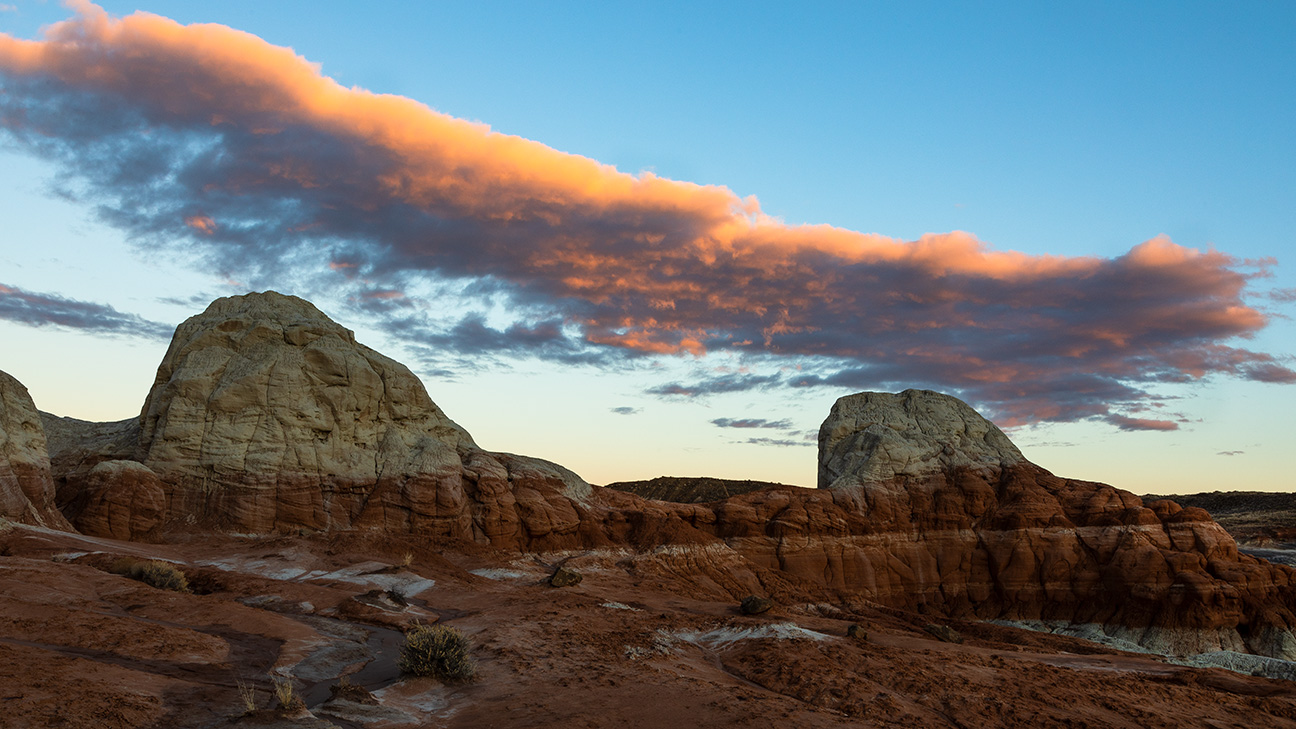
Photo: James Marvin Phelps via Flickr CC BY-NC 2.0
Topics
Authors
Ellen Montgomery
Director, Public Lands Campaign, Environment America Research & Policy Center
Ellen runs campaigns to protect America's beautiful places, from local beachfronts to remote mountain peaks. Prior to her current role, Ellen worked as the organizing director for Environment America’s Climate Defenders campaign. Ellen lives in Denver, where she likes to hike in Colorado's mountains.
Find Out More

Why Alaska’s NPR-A, site of the Willow Project, deserves protection
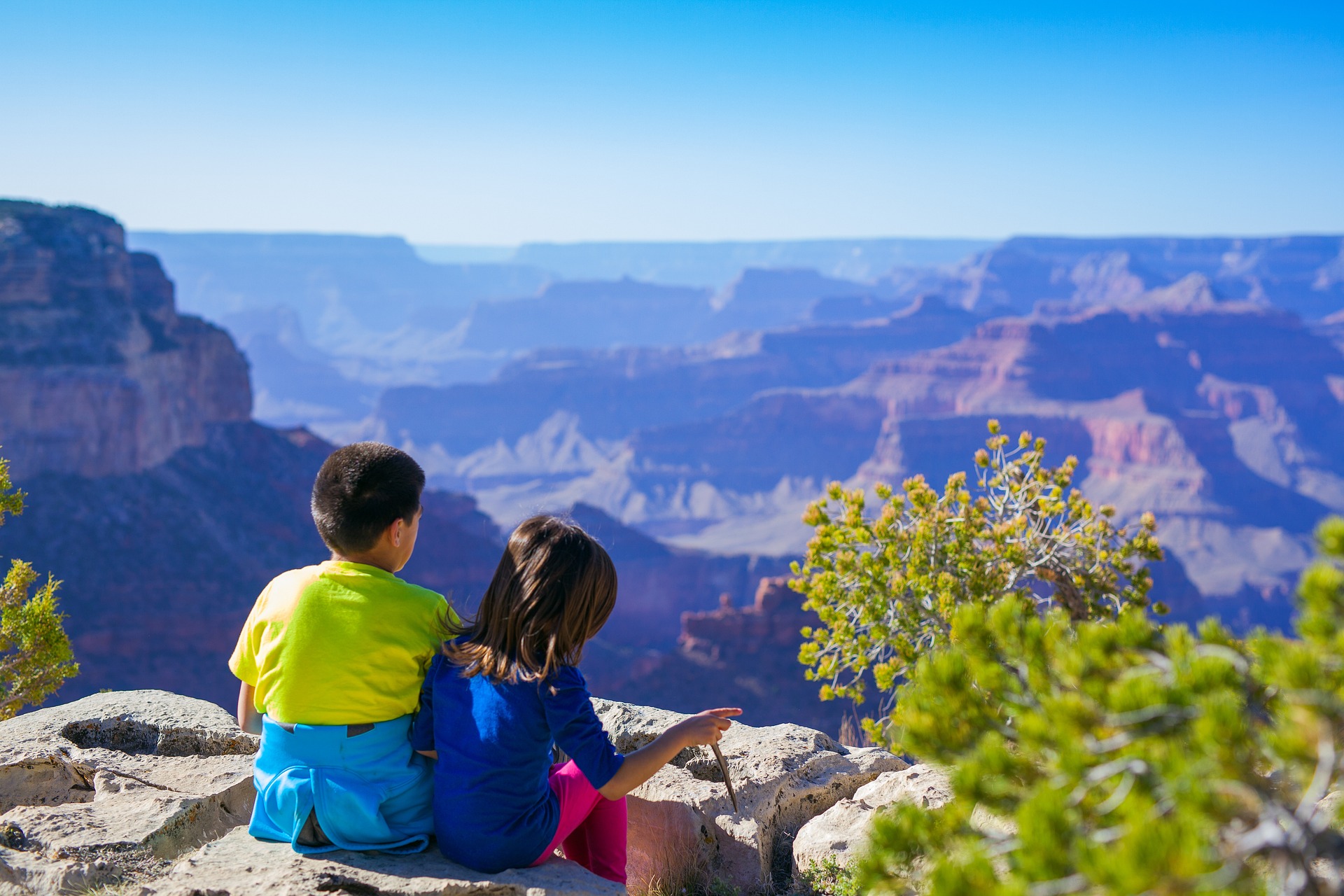
Protect the Grand Canyon

How to avoid bee-killing pesticides

